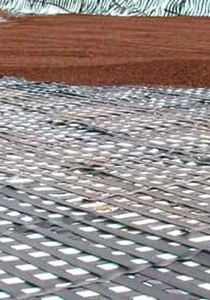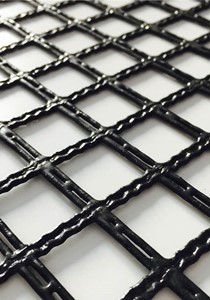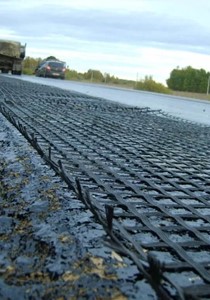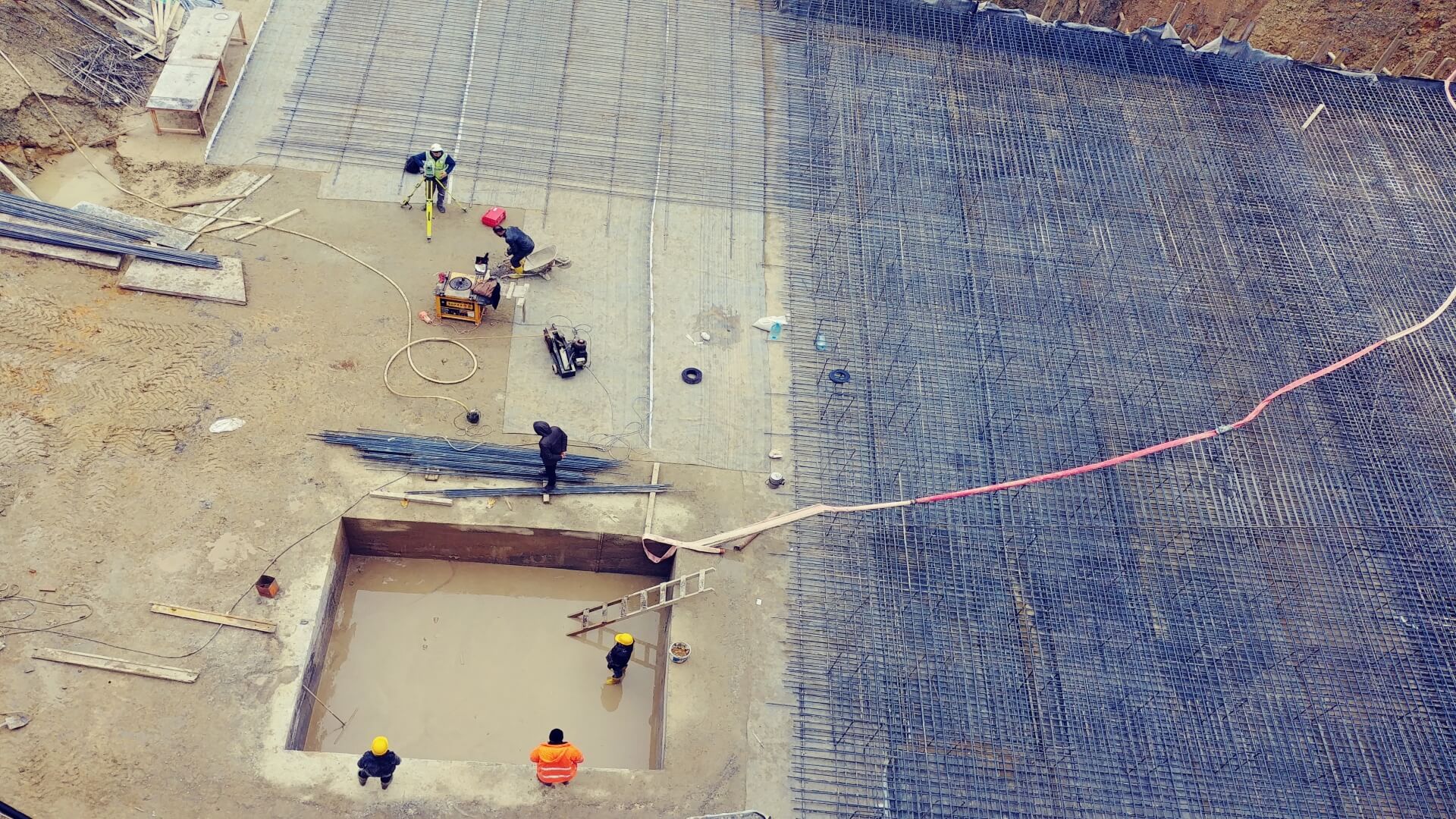Article
-
Catalogues

What is the definition of geosynthetic?
Geosynthetics are synthetic materials that are used in geotechnical and civil engineering applications to enhance the performance of soil and other materials in various construction and environmental projects. These materials are designed to provide specific engineering functions, such as separation, filtration, reinforcement, drainage, and containment. Geosynthetics are commonly used to improve the mechanical properties of soil, control erosion, provide stability to structures, and prevent the migration of fluids and contaminants. They offer cost-effective and efficient solutions to a wide range of engineering challenges. Geosynthetics are typically made from polymers such as polypropylene, polyester, and polyethylene, and they come in various forms, including sheets, grids, nets, and fabrics. ment.
Download
What is geosynthetic materials? Where is the application areas?
Geosynthetics are used to solve a wide range of geotechnical problems related to soil stabilization, erosion control, filtration, drainage, and reinforcement. There are several types of geosynthetics, including geotextiles, geogrids, geomembranes, geonets, geocomposites, and geosynthetic clay liners. Geosynthetics are used in a varity of applications, including: 1. Road and railway construction: Geosynthetics can be used to reinforce soil beneath roads and railways, reducing the need for excavation and improving the durability of the structure. 2. Landfills and waste containment: Geomembranes and geosynthetic clay liners are used to line landfills and other waste containment facilities to prevent the migration of hazardous materials. 3. Erosion control: Geotextiles and other geosynthetics are used to prevent soil erosin on steep slopes and shorelines. 4. Environmental protection: Geosynthetics are used in a varity of environmental protection applications, including sediment control, soil stabilization, and shoreline protection. 5. Mining and oil and gas exploration: Geosynthetics are used in mining and oil and gas exploration to provide stability to slopes and containment structures, and to prevent the migration of contaminants. Overall, geosynthetics offer a versatile and cost-effective solution to a wide range of geotechnical problems, and they are becoming increasingly popular in many different fields.
Download
What is geogrid?
Geogrid is a construction material made from high-strength polymers. It typically comes in a grid or flat sheet form and is used to enhance the strength of soil, stabilize retaining walls, and more. Geogrid improves the tensile strength of the soil, allowing it to distribute loads more effectively.
Download
Where is geogrid used?
Retaining Walls: Geogrid is commonly used in the construction of tall retaining walls. Placed behind the wall, it enhances soil strength and ensures wall stability. Slope Stabilization: Geogrid is used to prevent erosion and stabilize steep slopes, a common requirement in road construction and mining projects. Infrastructure Projects: In infrastructure projects, geogrid is installed beneath road layers and asphalt to enhance surface strength, contributing to the construction of durable roads and parking areas. Environmental Applications: Geogrid plays a role in erosion control projects and the protection of irrigation canals. It stabilizes the soil to prevent erosion. Mining and Rock Mechanics: In the mining industry, geogrid is utilized for slope stabilization and excavation work, making it an essential material for underground mining operations.
Download -
Documents
-
Certificates
-
Datasheets


